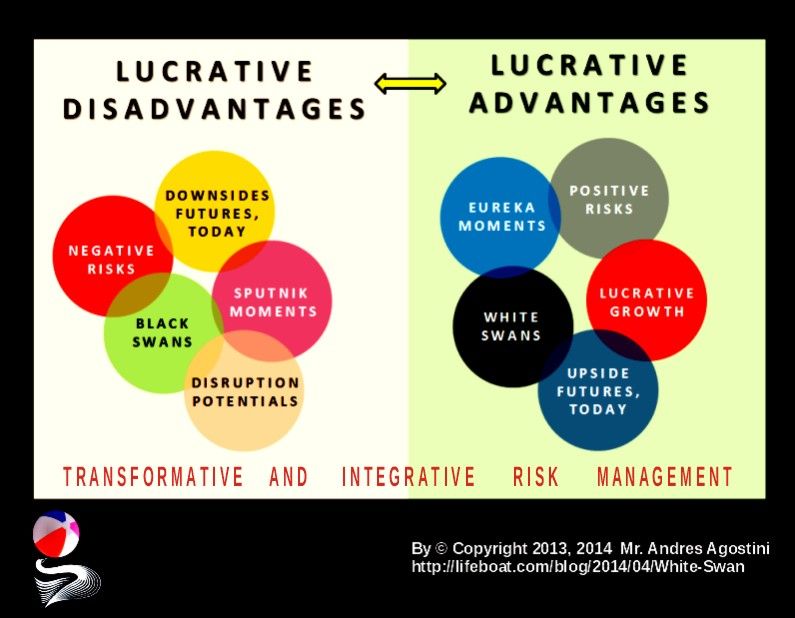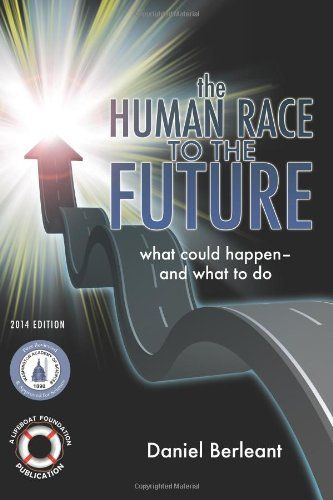Matthew de Paula - Popular Science

Welcome to the Speed Lab, where Popular Science explores the most important disruptive technology in the world of cars and transportation.
We want to start by setting something straight: “Speed” for our purposes doesn’t just stand for acceleration or how fast a vehicle can go—although we certainly relish testing those limits. It’s about the rapid pace at which the automotive industry is reinventing itself. After decades of slow, steady improvements, we’re now in an age of dramatic change.
In the next year alone, we can expect great leaps in autonomy and fuel economy. Honda, Hyundai, Toyota, and others are in a race to put hydrogen-powered fuel-cell vehicles on the road by 2015—or even sooner, in Hyundai's case. (I tested Toyota’s prototype late last year in Tokyo, and let me tell you, it was a blast to drive.) Meanwhile, Mercedes-Benz and Nissan aim to offer autonomous-driving vehicles by 2020.
Read more




 Jason Dorrier — Singularity Hub
Jason Dorrier — Singularity Hub
 The crisis in super symmetry physics is causing physicist to search for a new physics. Could this new physics be non-particle based? A physics closer to General Relativity than to either Quantum or String theories?
The crisis in super symmetry physics is causing physicist to search for a new physics. Could this new physics be non-particle based? A physics closer to General Relativity than to either Quantum or String theories? The video blog shows 2 of the 400 experiments I conducted between September 1999 and at least April 2001, maybe later. I used various weight measuring scales, battery packs and power supplies. These experiments convinced me that something was a miss with contemporary physics, thus leading to my 12-year study into gravity modification.
The video blog shows 2 of the 400 experiments I conducted between September 1999 and at least April 2001, maybe later. I used various weight measuring scales, battery packs and power supplies. These experiments convinced me that something was a miss with contemporary physics, thus leading to my 12-year study into gravity modification.







